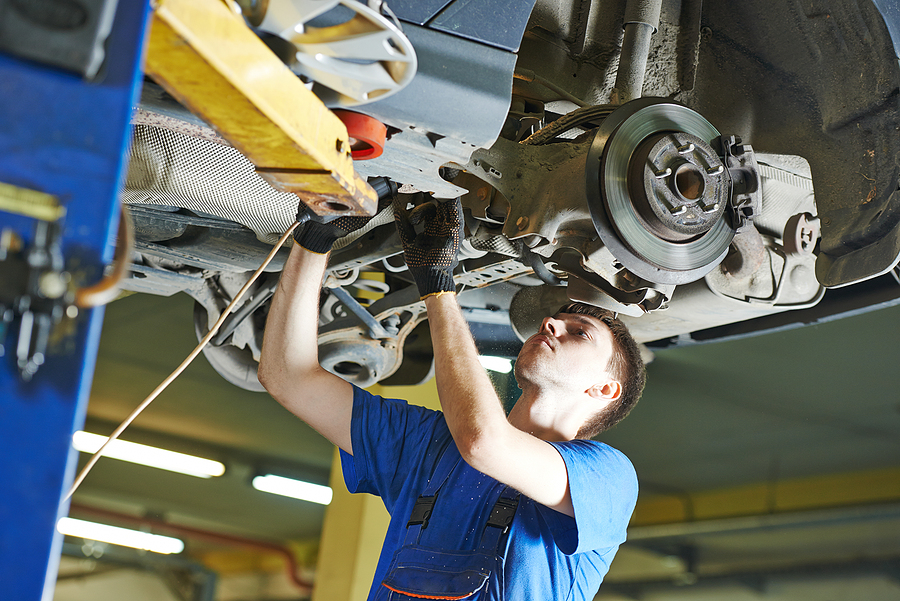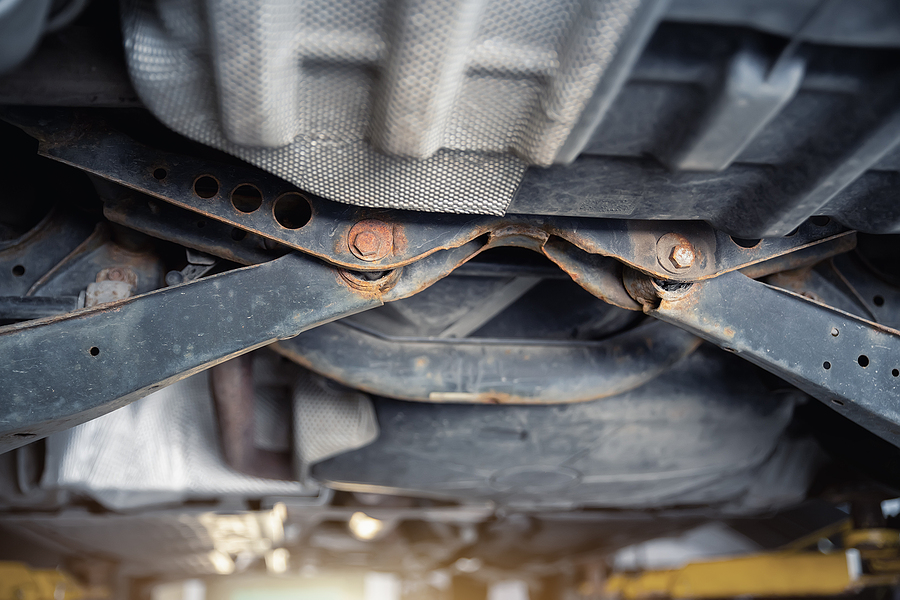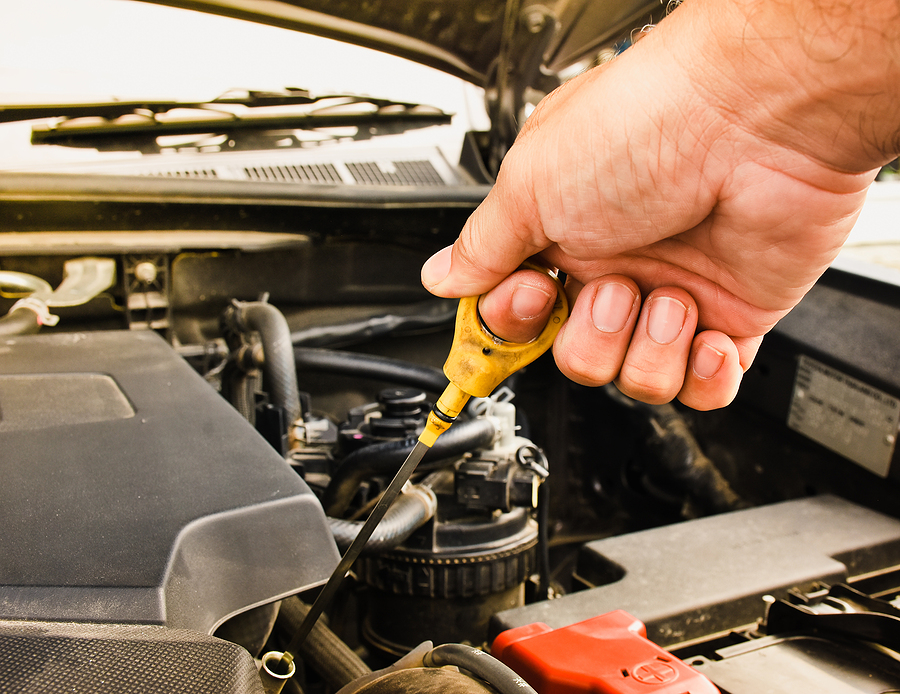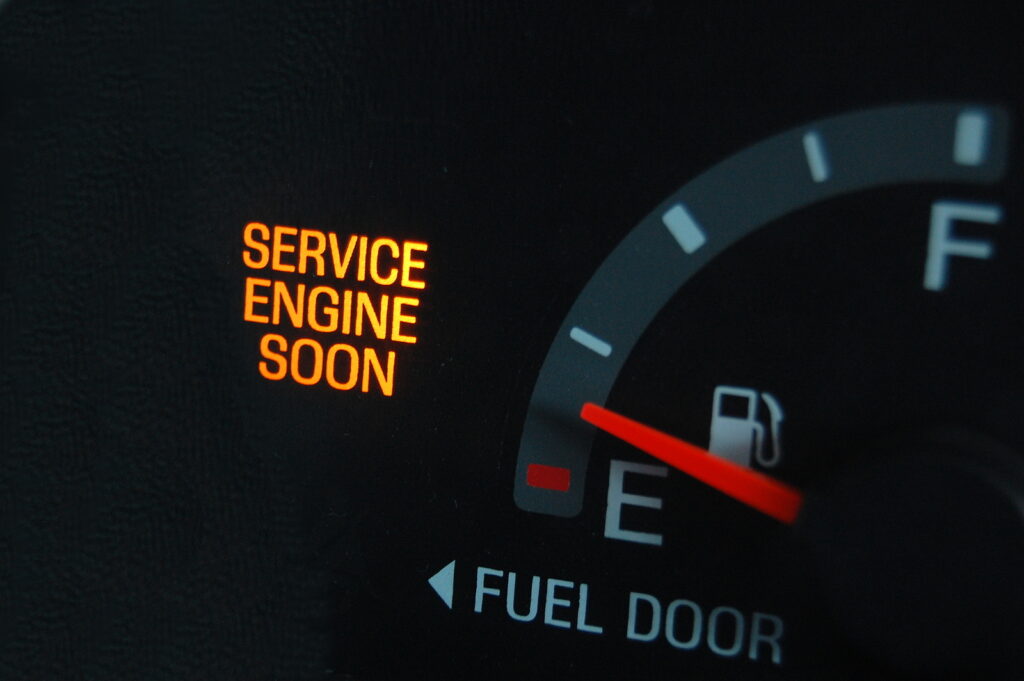A smooth ride is something many drivers take for granted until the road starts to feel a lot bumpier. Your vehicle’s suspension system is the unsung hero responsible for absorbing the shocks of the road, providing comfort, and ensuring stable handling. When it starts to fail, however, you’re not just in for a rough ride—you could be looking at a significant repair bill. Understanding the costs associated with suspension replacement is crucial for any car or truck owner.
This guide will walk you through everything you need to know about your vehicle’s suspension, from its core components to the factors that drive up repair costs. We’ll explore common car suspension problems, compare DIY versus professional repairs, and offer tips to help you save money and maintain your system for the long haul.

Understanding Your Vehicle’s Suspension System
A vehicle’s suspension is a complex network of parts working together to keep your tires in contact with the road and cushion the cabin from bumps and vibrations. While designs vary between vehicles, most systems include a few key components. Each part plays a vital role. A failure in one component can place additional stress on others, leading to a cascade of problems and a more expensive car suspension repair.
Shocks and Struts
Shock absorbers (shocks) are hydraulic components that control unwanted spring motion. Struts are a structural part of the suspension that also incorporates a shock absorber. Together, they are fundamental to controlling vehicle bounce and sway.
Springs
These come in several forms, including coil springs, leaf springs (common in trucks), and torsion bars. Their primary job is to support the vehicle’s weight and absorb large impacts from bumps and potholes.
Control Arms and Bushings
Control arms are hinged components that connect the vehicle’s frame to the steering knuckles, allowing the wheels to move up and down. Bushings are small rubber or polyurethane cushions that absorb vibrations and reduce friction at pivot points.
Ball Joints and Tie Rods
These are essential components that act as critical pivot points within the suspension and steering systems. Ball joints facilitate the connection between the control arms and the steering knuckles, allowing the wheels to both steer and articulate vertically over uneven surfaces.
Factors That Influence Suspension Replacement Cost
The cost to replace a suspension system can vary dramatically, with the national average for a full car suspension replacement ranging from $1,000 to $5,000. For trucks, especially heavy-duty models, the cost can be even higher, typically between $1,500 and $6,000. Several factors contribute to this wide range.
Vehicle Type
The make and model of your vehicle are the biggest cost drivers. A standard sedan like a Toyota Camry uses relatively common and affordable parts. In contrast, a performance vehicle like a BMW 3 Series often requires specialized components that are more expensive. Similarly, truck suspensions, like those in a Ford F-150, are built to handle heavy loads and may have more robust and costly parts.
Quality of Parts
You’ll have the choice between Original Equipment Manufacturer (OEM) parts and aftermarket parts. OEM parts are identical to what your car was built with and are often more expensive, while aftermarket parts offer a range of quality and price points.
Labor Costs
Labor can account for 40-60% of the total suspension replacement cost. Rates vary based on the mechanic’s experience and your geographic location. Complex systems, like the air suspension found in a luxury Audi A6, require more time and expertise to repair, further increasing labor charges.
Extent of the Damage
Are you replacing a single worn shock or the entire system? A minor repair might only cost a few hundred dollars, but a complete overhaul involving shocks, struts, springs, and control arms will push the bill into the thousands.
Request a Free Junk Car Offer Today! ✅
Common Suspension Problems to Watch For
Recognizing the signs of suspension trouble early can help you avoid more extensive and costly repairs down the line. Here are some of the most common car suspension problems.
- A Bouncy or Rough Ride: This is a classic sign of worn shocks or struts. If your Toyota Camry feels like it’s bouncing excessively after hitting a bump, it’s time for an inspection.
- Clunking or Knocking Noises: Worn bushings are a frequent cause of clunking sounds, especially when driving over bumps. This is a common issue in many vehicles, including the Honda Civic.
- Vehicle Pulling to One Side: While this can be caused by poor wheel alignment, it can also indicate a worn or damaged suspension component, like a ball joint or control arm.
- Uneven Tire Wear: If your tires are wearing out unevenly, your suspension may not be holding the vehicle’s alignment correctly. This puts extra strain on both your tires and suspension parts.
- Visible Damage: Cracked leaf springs on a Ford F-150 can severely compromise its load-carrying ability. Likewise, leaking fluid from shocks or struts is a clear sign they need to be replaced.
- System Failure Warnings: Modern luxury cars like the Audi A6 often feature advanced air suspension systems. A warning light on the dashboard may indicate a leak or a failed compressor, which can be an expensive fix.
How to Save Money on Suspension Repairs
While professional repairs are often necessary, there are ways to manage the suspension replacement cost.
- Get Multiple Quotes: Don’t settle for the first estimate you receive. Contact several reputable shops to compare prices for parts and labor.
- Choose Aftermarket Parts: High-quality aftermarket parts can perform just as well as OEM parts but often at a lower price point. Ask your mechanic for their recommendations.
- Address Issues Early: A small problem, like a worn bushing, is much cheaper to fix than the cascade of issues it can cause if ignored.
Consider the Vehicle’s Value
If the cost of a full truck suspension replacement or car repair exceeds the vehicle’s total value, it might not be worth the investment. In cases of a total loss, scrapping your vehicle for an instant cash payment could be a more financially sound decision. This allows you to put that money toward a more reliable vehicle instead of sinking it into costly repairs.
Recommended Preventative Maintenance
The best way to avoid a high suspension replacement cost is to maintain your system properly. Regular maintenance can extend the life of your components and prevent premature wear.
- Regular Inspections: Have your mechanic check your suspension during routine oil changes.
- Maintain Proper Tire Pressure: Under- or over-inflated tires put unnecessary stress on your suspension.
- Avoid Overloading: Don’t exceed your vehicle’s recommended load capacity.
- Drive Gently: Do your best to avoid potholes, speed bumps, and rough roads.
- Get Regular Wheel Alignments: Proper alignment prevents uneven tire wear and reduces strain on suspension parts.
Disclaimer: The information and maintenance tips provided in this article are for informational purposes only. Always follow your vehicle manufacturer’s recommendations and consult with a qualified professional for specific advice regarding your car or truck.
Conclusion
Your vehicle’s suspension system is essential for a safe and comfortable driving experience. While the prospect of a high suspension replacement cost can be daunting, understanding the factors involved and practicing preventative maintenance can make a significant difference. If you’re experiencing any signs of trouble, don’t wait for the problem to get worse.
Schedule a suspension inspection with a certified technician to diagnose any issues accurately. And if your vehicle has reached the end of its road, consider scrapping it for cash to help finance your next car. Taking proactive steps today will ensure a smoother, safer journey tomorrow.
Looking for a fast and lucrative way to get rid of an old car that has seen too many repairs in its day? Get a free junk car offer today and earn instant cash for wrecked or broken down vehicles. Ask us about free towing and same-day service!
Related Post: Should I Have My Car Suspension Checked Out?









